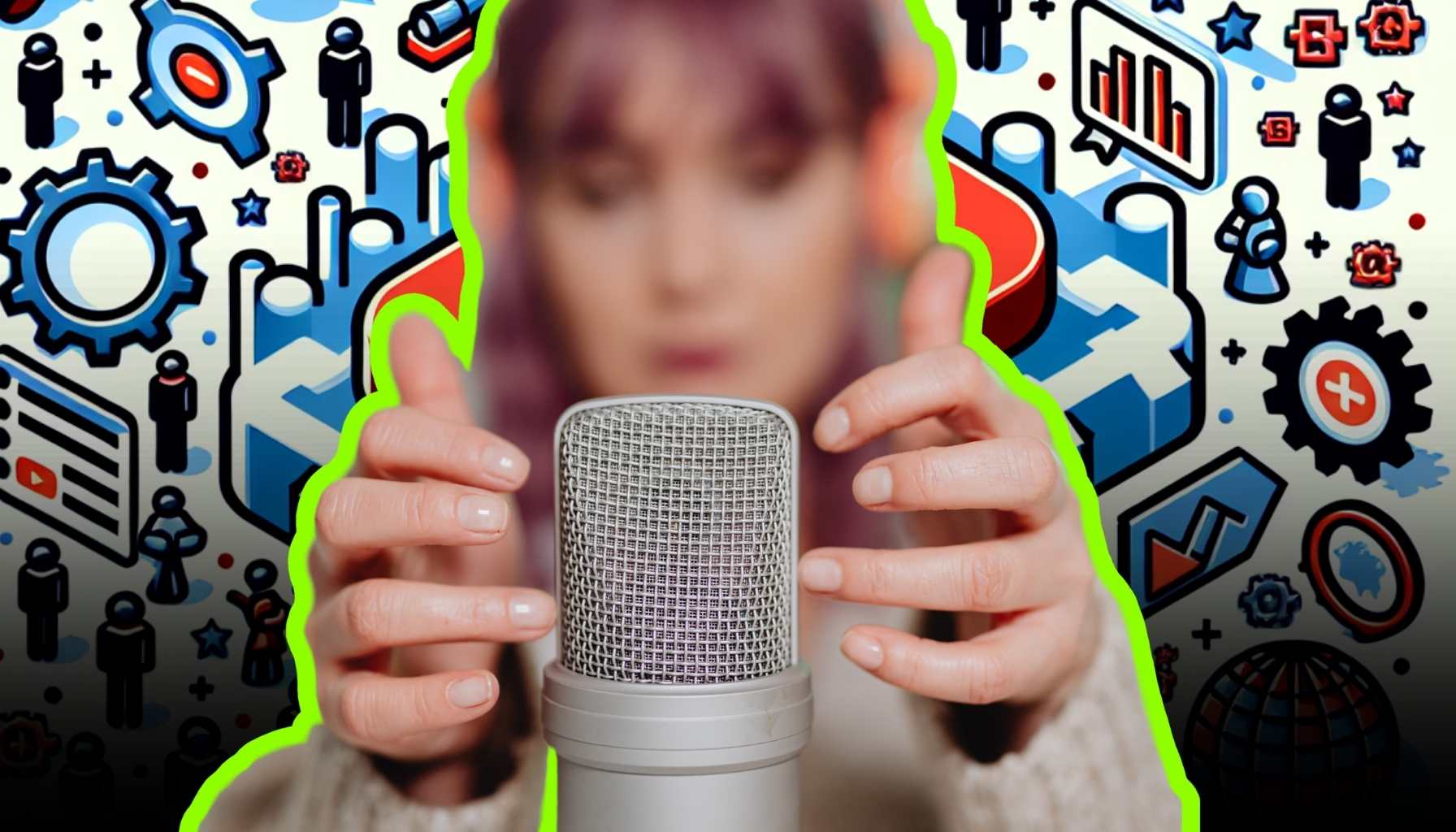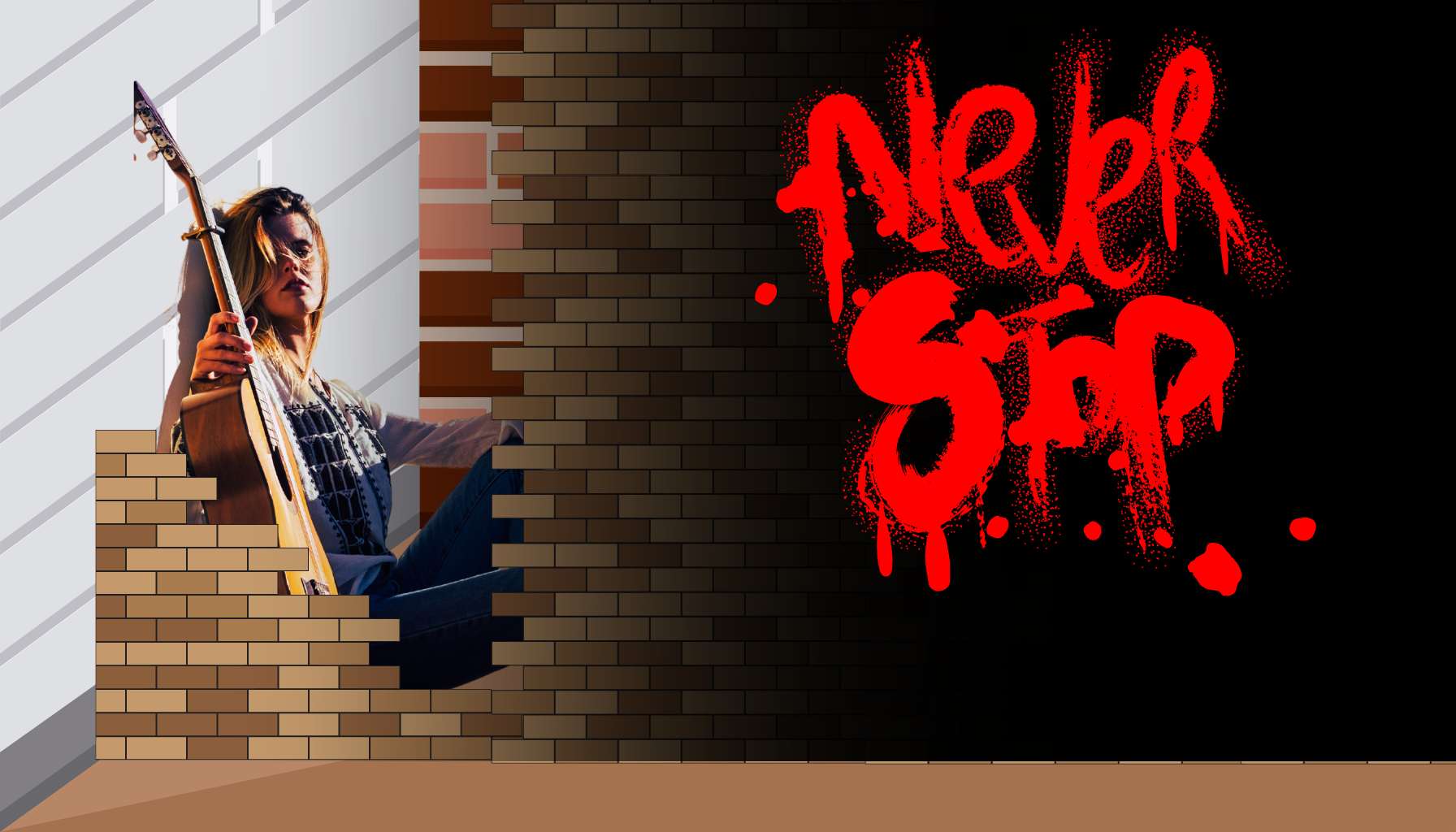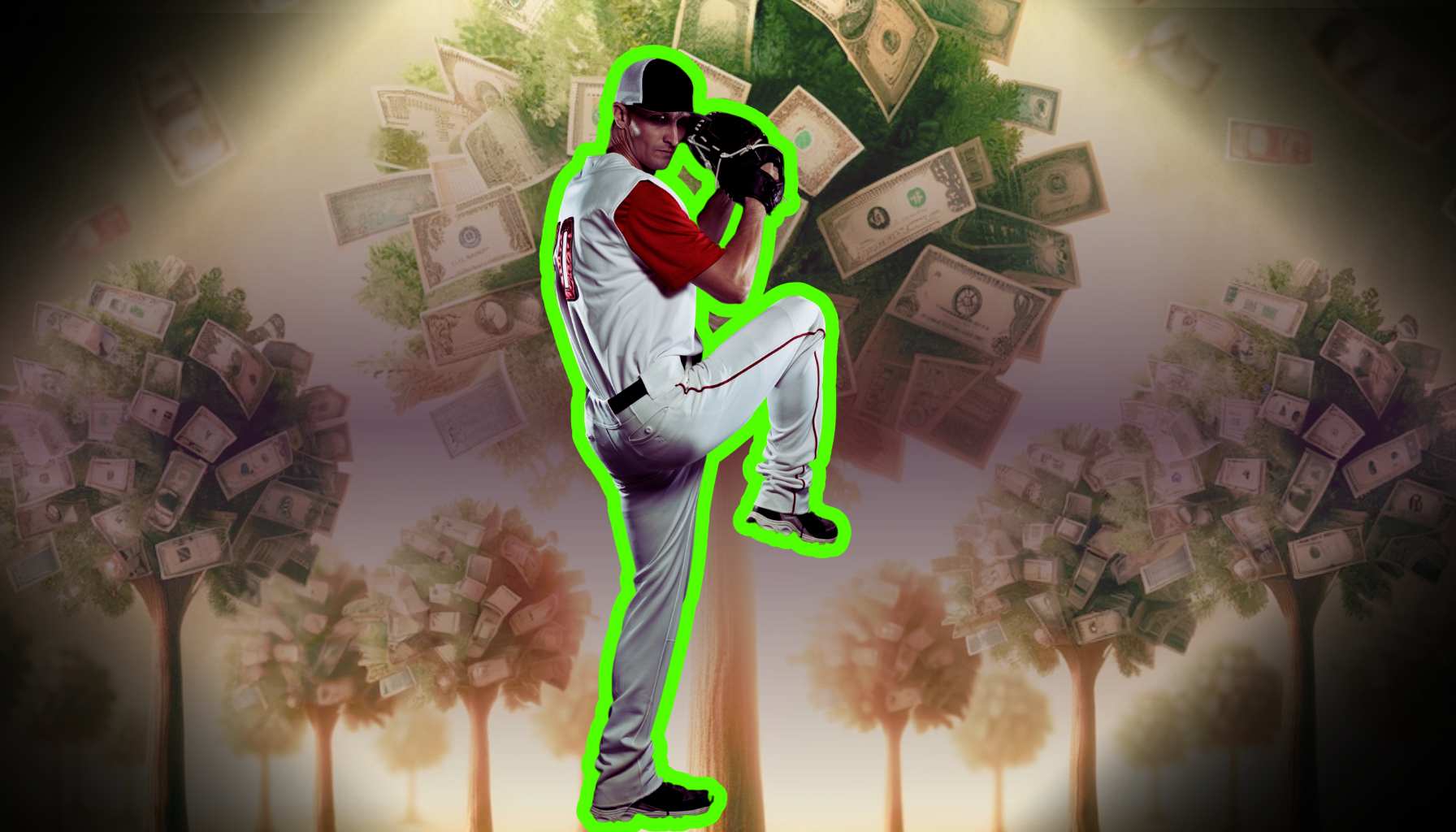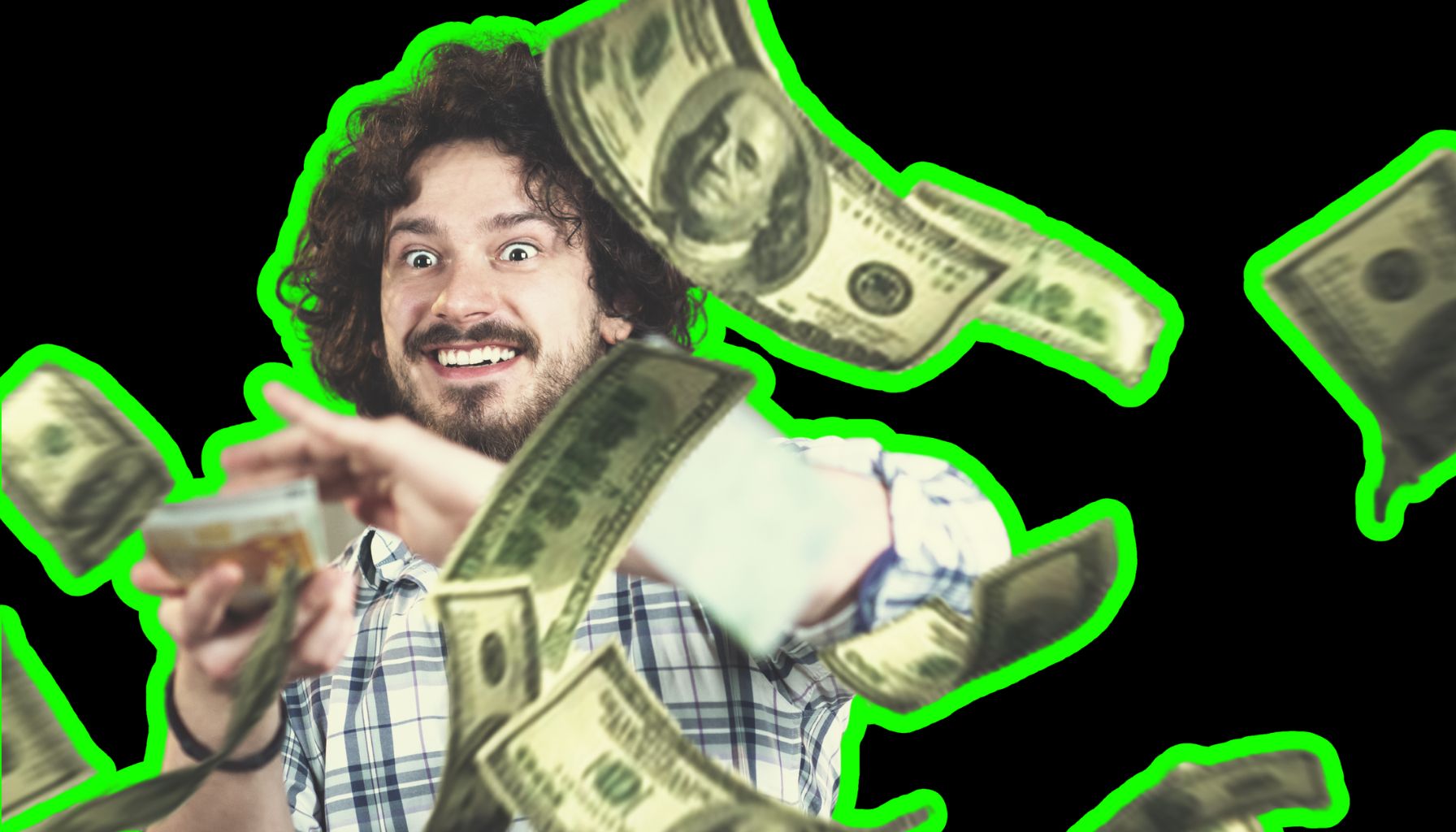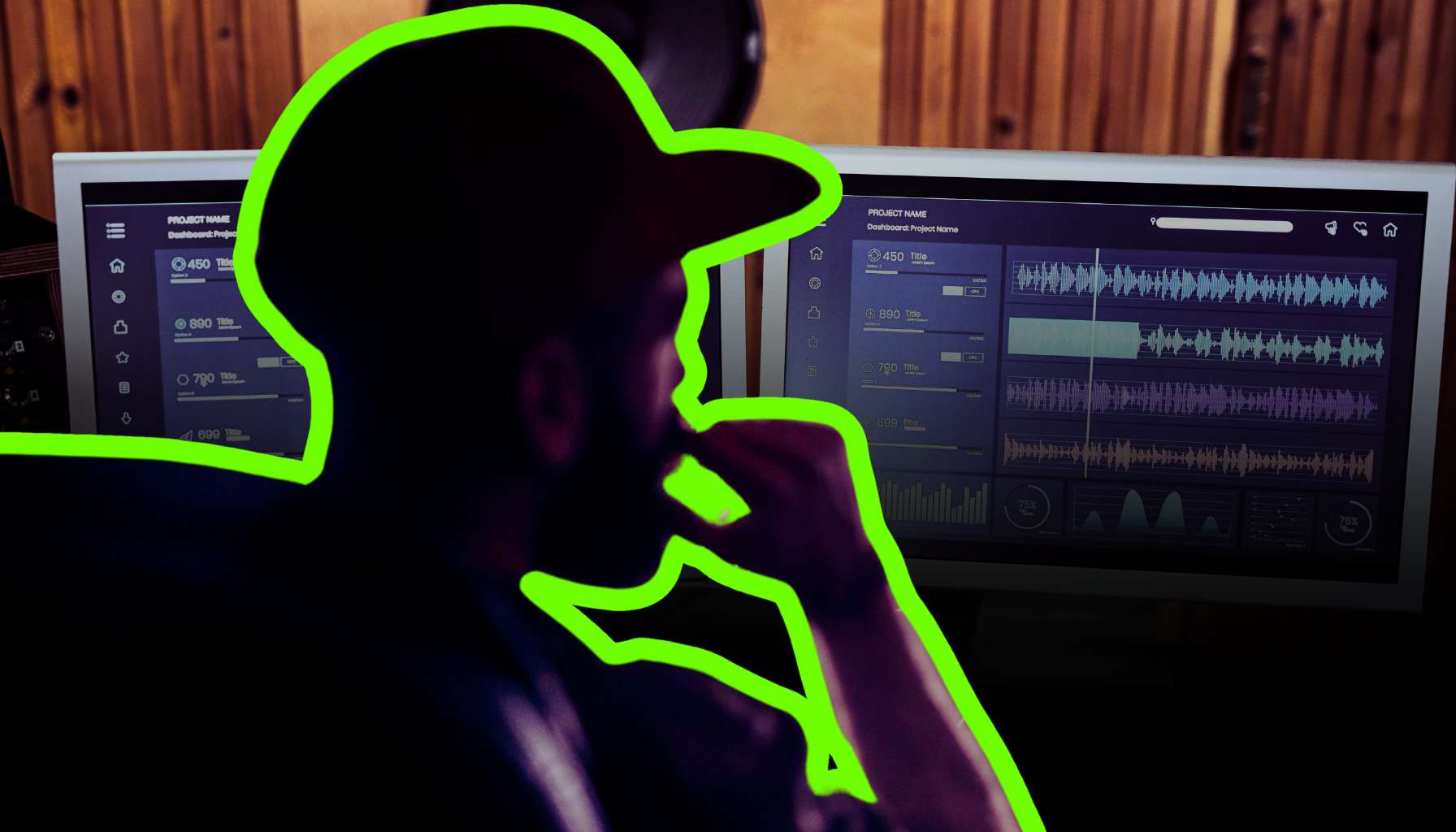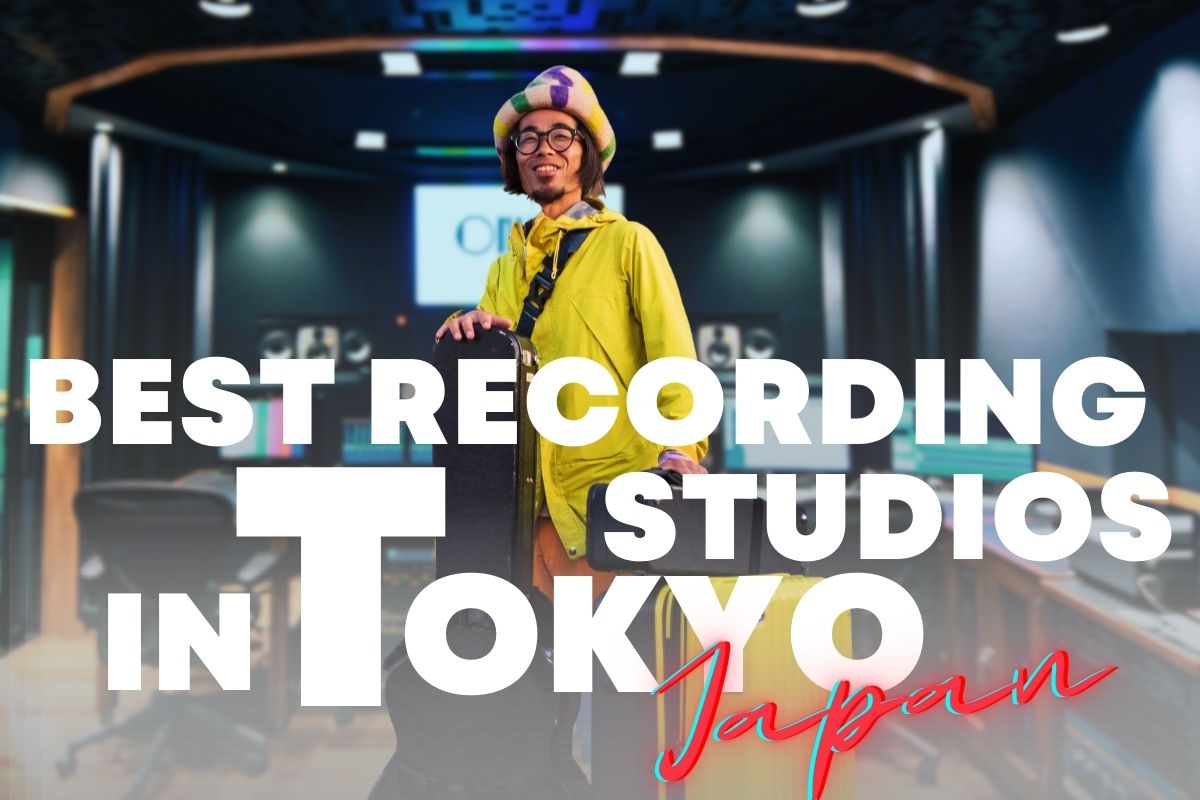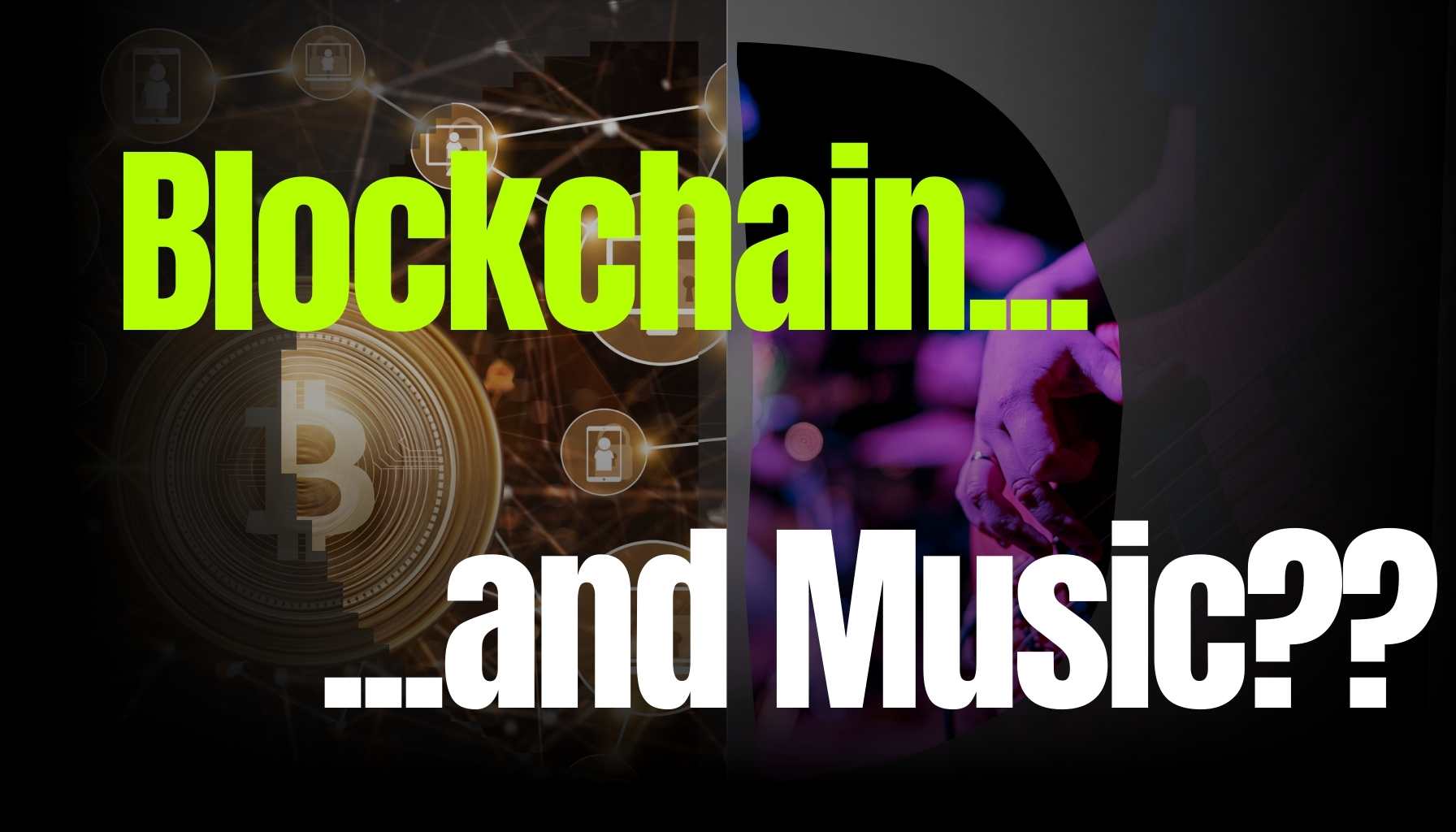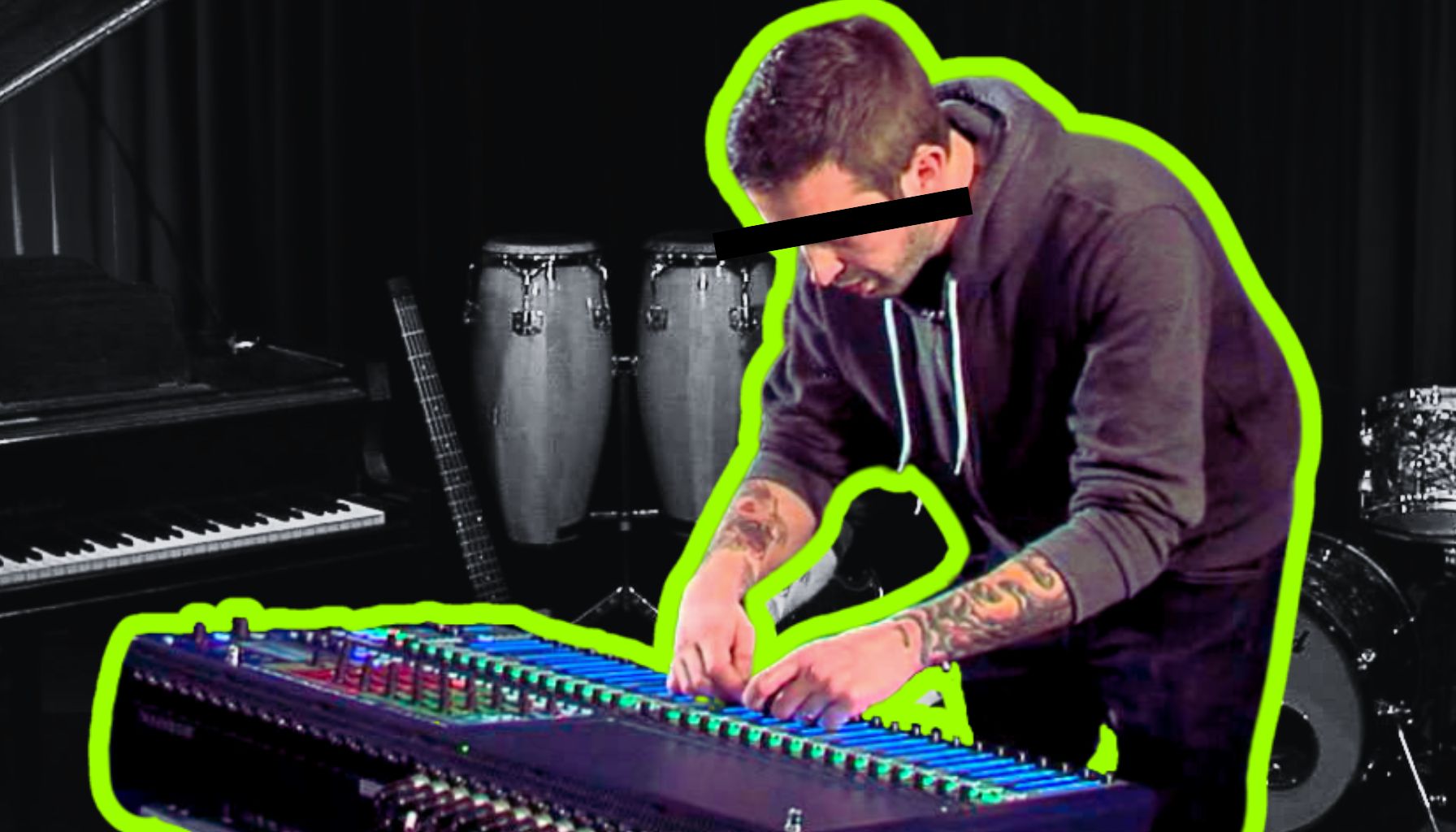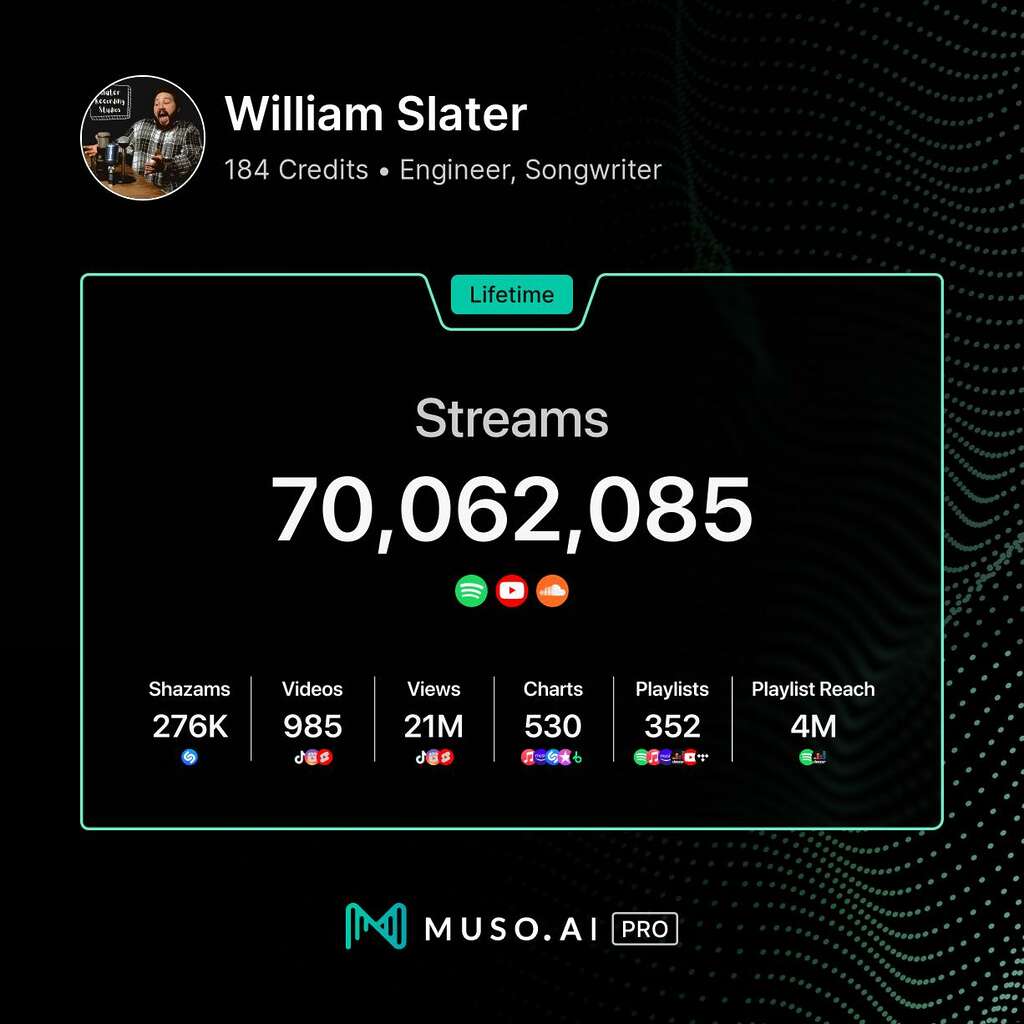
Introduction to Monetization in the Digital Music Era
As we bid adieu to the times when physical album sales could make or break a musician’s career, a new era dawns upon us. Welcome to the digital music age, where your tunes travel through fiber-optic cables and monetization is as varied as the genres on Spotify.
The transition from vinyl to virtual has been less of a smooth jazz transition and more of a dubstep drop, bringing with it a whole host of challenges and opportunities for today’s artists.
The Shift from Physical to Digital Music Consumption
Let’s take a quick jog down memory lane. Remember when owning a music collection meant shelves of CDs and vinyl records? Those were the days when album sales were king. Fast forward to today, and we find ourselves in a world where music is consumed in bytes and streams, not inches and RPMs. This shift has had a profound impact on music revenue streams, turning the industry’s business model on its head.
Historical Perspective on Music Revenue Streams
The historical perspective on music revenue streams is akin to watching a caterpillar turn into a butterfly—except this butterfly has to figure out how to make a living. As artists have moved from selling physical copies to vying for clicks and plays, understanding the intricacies of digital platforms has become crucial. The way music is monetized has transformed, and artists must adapt or risk playing to an empty virtual room.
The Impact of Digital Platforms on the Music Industry
The influence of digital platforms on the music industry is undeniable. They’ve democratized music distribution, but they’ve also created a seismic shift in how artists earn a paycheck. With the rise of streaming services, musicians now have to play a numbers game, often earning fractions of a cent per play. It’s a brave new world where data is as important as the decibels.
Challenges and Opportunities for Monetizing Digital Music
With great change comes great challenges, but also, great opportunities. Navigating the complex digital landscape is like trying to find your way through a festival crowd—exciting but overwhelming.
Artists must become maestros of their own digital presence, tuning their online strategies to maximize their earnings. It’s about leveraging technology for innovative revenue models and not just hoping for a hit single to pay the rent.
Navigating the Complex Digital Landscape
For many artists, the digital music landscape is like trying to play a guitar solo with mittens on—possible, but not exactly easy. The key is to understand the nuances of various platforms, from streaming services to social media, and how they can work for you. It’s about building a brand, not just a band.
Leveraging Technology for Innovative Revenue Models
Innovation is the name of the game when it comes to monetizing music in the digital era. This can mean anything from offering virtual reality concerts to harnessing the power of blockchain for direct-to-fan sales. The opportunities are as limitless as your creativity, and the next big thing might just be your next big idea.
As we close the curtain on this introduction and gear up for the next act, get ready to dive into the nuts and bolts of subscription-based and streaming revenue models in Section 2. We’ll explore the alchemy of converting streams to dollars and uncover the secrets behind the subscription tiers that could make a difference in your digital tip jar. Strap in, tune up, and prepare to amplify your digital music monetization strategies.
Subscription-based and Streaming Revenue Models
Ever wondered how musicians make money in the age of streaming, where the idea of purchasing an album is as vintage as a Walkman? Let’s dive into the digital stream and fish out the nuggets of gold that are streaming royalties and subscription models.
These are the bread and butter of the modern-day musician’s income and understanding them is key to not just surviving but thriving in the digital waters.
Understanding Streaming Royalties and Subscription Models
The alchemy that turns music into money in the streaming world is a curious process. Streaming services like Spotify and Apple Music pay artists and labels through a royalty system that might seem as complex as your high school calculus.
Essentially, these platforms have a pot of gold (revenue from subscriptions and ads) that’s divvied up based on the share of total streams your music garners. The more your tunes are played, the bigger your slice of the pie.
How Streaming Services Pay Artists and Labels
So how exactly do streaming services pay artists and labels? Think of it as a pie-eating contest where the size of your pie is determined by how many fans are munching on your tracks. The formula involves a mind-boggling mix of stream counts, subscription plans, and territorial rates. But the bottom line is, the more streams you have, the more royalties you rake in.
The Role of Subscription Tiers in Revenue Generation
Let’s not forget the role of subscription tiers in revenue generation. These services often offer various subscription levels, from free ad-supported tiers to premium family plans. Each tier comes with its own set of perks and prices, which means a varied impact on your royalties. Premium subscriptions generally contribute more to the royalty pot, so encouraging fans to upgrade can be as beneficial as an encore at a sold-out show.
Maximizing Earnings from Streaming Platforms
Now, how do you turn up the volume on your earnings from these streaming platforms? It’s all about strategies for increasing stream counts and subscriber engagement. This means getting your tracks on as many playlists as possible, mastering the dark arts of the algorithm, and engaging with your fans so they keep hitting replay.
Strategies for Increasing Stream Counts and Subscriber Engagement
Some practical strategies include teasing tracks on social media, releasing music consistently, and collaborating with other artists to tap into their fanbases. Remember, it’s not just about creating great music; it’s about creating a buzz so loud that the digital world has no choice but to listen.
Collaborations with Platforms for Playlist Inclusion and Promotion
One golden ticket to streaming success is collaborations with platforms for playlist inclusion and promotion. Landing a spot on a popular playlist can be like catching a wave that carries you all the way to the shores of Royalty Island. And don’t be shy about using platform tools for artists, which can help you pitch your music to playlist curators and gain valuable insights into your listeners’ habits.
As we segue from the realm of streaming and subscriptions, we’re about to enter the bustling marketplace of direct-to-fan sales and digital merchandising in Section 3. The DIY ethos is alive and kicking in the digital age, and with the right approach, you can turn your fanbase into a thriving economy. Get ready to explore how selling music and merchandise directly to your fans can be the high note of your digital monetization symphony.
Direct-to-Fan Sales and Digital Merchandising
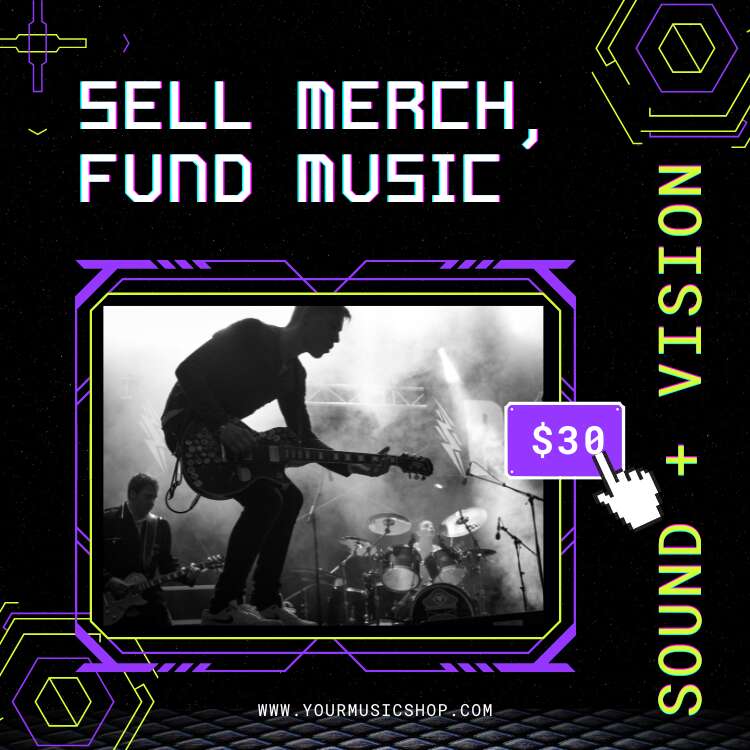
Now that we’ve splashed around in the streaming pool, let’s talk about getting cozy with your fans—digitally speaking. The direct-to-fan (D2F) sales model is like hosting a backstage party, but online, and everyone’s invited. This approach puts the power back into the hands of artists, allowing you to sell music and merchandise directly to your adoring public without a middleman taking a slice. It’s DIY meets digital, and it’s revolutionizing the way musicians connect with their audience.
The Power of D2F Platforms in Selling Music and Merchandise
D2F platforms have turned the traditional music business model on its head, much like how YouTube made everyone a filmmaker. These platforms give you a stage to sell everything from digital downloads to vinyl, t-shirts, and even experiences. It’s a world where your music and the t-shirt it inspired can be delivered in one neat package.
Setting Up a Successful D2F Strategy
Setting up a successful D2F strategy is about more than just slapping your logo on a mug and calling it a day. It’s about crafting a narrative around your brand and creating merchandise that resonates with your music. Fans don’t just want to listen to your songs; they want to be part of your story, and D2F platforms are the perfect place to weave that tale.
Case Studies of Digital Merch Success
Let’s look at some case studies of digital merch success. Artists like Radiohead bypassed traditional routes with their ‘pay what you want’ model for “In Rainbows,” proving that fans are willing to support artists directly. Similarly, Amanda Palmer raised a staggering amount on Kickstarter, showing that D2F isn’t just a strategy—it’s a movement.
Enhancing Revenue through Bundling and Exclusive Offers
But wait, there’s more! You can enhance your revenue by bundling music and merchandise or offering exclusive deals. This is like the combo meal of the music world—more bang for your buck and a happier fan base. It’s a strategy that encourages fans to dive deeper into your ecosystem, giving them a taste of something special that they can’t get anywhere else.
Creative Bundling of Music and Merchandise
Creative bundling could mean offering a digital download with a vinyl purchase or a meet-and-greet experience with a VIP ticket. It’s about adding value that makes fans feel like they’re getting the VIP treatment, even if they’re jamming out in their pajamas at home.
Offering Limited Edition and Pre-Order Perks
And who doesn’t love feeling special? Offering limited edition items or pre-order perks can make fans feel like they’re part of an exclusive club. These tactics create a sense of urgency and exclusivity, driving up demand and deepening the connection between you and your fans.
As we wrap up our chat on D2F sales and merchandising, we’re about to step into the world of fan funding and crowdfunding campaigns in Section 4. Here, the game changes from selling to storytelling, where your music project becomes a collaborative journey with your fans. Prepare to explore how engaging your audience can lead to a symphony of support that resonates beyond the digital realm.
Fan Funding and Crowdfunding Campaigns
Let’s shift gears and talk turkey—or rather, talk crowdfunding. You’ve got your music, your merch, and a legion of fans ready to eat up whatever you’re serving. But what if you could get them to fund your next big project before you even hit the record button?
Enter the world of fan funding and crowdfunding campaigns, where your supporters become the investors in your musical enterprise. It’s like passing around a digital tip jar that lets fans become part of the creative journey.
Utilizing Fan Funding Models for Music Projects
Crowdfunding isn’t just for inventors with quirky gadgets; it’s a rockstar move for musicians too. Platforms like Kickstarter and Patreon have opened up a whole new avenue for artists to finance their projects with the help of their fans. This fan funding model allows you to sidestep the traditional gatekeepers of the music industry and tap directly into the wallets of those who want you to succeed the most—your audience.
Exploring Various Fan Funding and Patronage Platforms
Exploring various fan funding and patronage platforms is like finding the right venue for your gig. Each platform has its own vibe and rules. Kickstarter might be the big concert hall, while Patreon is the intimate club with a dedicated following. It’s about choosing the right spot to pitch your music tent and rally the troops—er, fans—for support.
Best Practices for Successful Crowdfunding Campaigns
When it comes to best practices for successful crowdfunding campaigns, transparency is key. Be clear about your goals, rewards, and how the funds will be used. Think of it as setting the stage before the show. Fans want to know what they’re getting into, and a clear pitch can be the difference between a standing ovation and crickets.
Building Communities Around Crowdfunding Initiatives
But crowdfunding isn’t just about the cash; it’s about building communities around your initiatives. It’s engaging fans in the creative process and giving them a backstage pass to how the magic happens. This can be as simple as sharing updates and behind-the-scenes peeks or as involved as inviting input on certain creative decisions.
Engaging Fans in the Creative Process
Engaging fans in the creative process makes them feel invested in more ways than one. It’s about creating a shared experience, like a group jam session where everyone’s voice is heard. When fans feel like they’re part of the band, their support goes beyond their wallets—it becomes personal.
Rewarding Contributors with Exclusive Content and Experiences
And don’t forget to reward your backers with exclusive content and experiences. This could be anything from a digital download of the album before it’s released to an exclusive concert for supporters.
These rewards are the encore that keeps the applause going and the support flowing. As we tune down from the community chorus of crowdfunding, we’ll segue into the rhythm of Section 5, where licensing and sync opportunities await. Here, your music goes beyond the speaker and onto the screen, creating a symphony of visual and auditory harmony. So, get ready to learn how your tunes can make the leap from streaming to screen, and how to get them there.
Licensing and Sync Opportunities
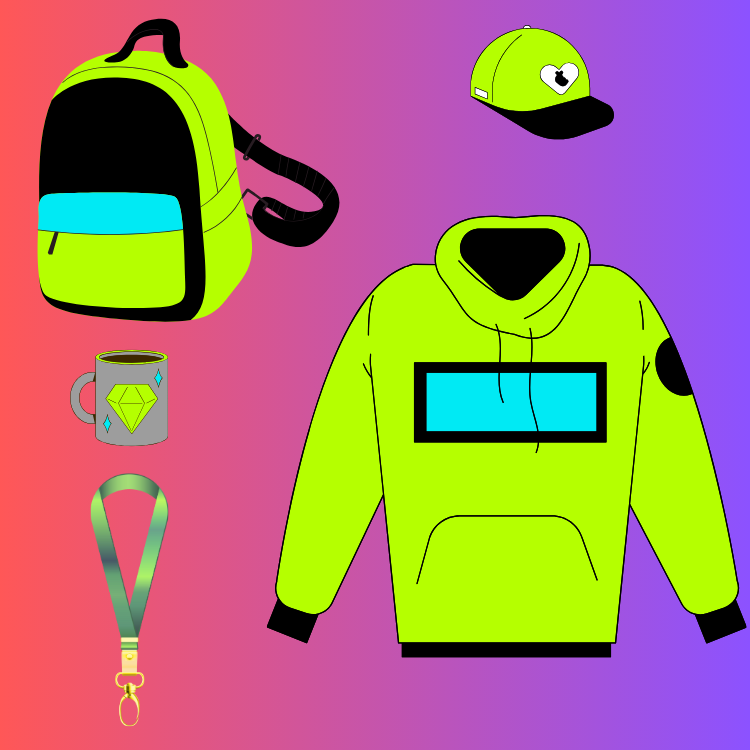
Fresh off the crowdfunding stage, let’s slide into another lucrative groove for artists—licensing and sync opportunities. Imagine your track setting the mood in a dramatic movie scene or your hook pumping up a crowd in a commercial.
That’s the power of sync licensing, and it’s not just for the top 40 artists. Indie musicians, listen up because this could be your golden ticket to passive income and broader exposure.
Tapping into Licensing Revenue for Music Creations
Licensing your music for use in film, TV, and commercials can be like hitting a sonic jackpot. But, unlike a one-off gig, these placements can pay royalties for years. It’s like the gift that keeps on giving—every time your song plays on screen, cha-ching! It’s a financial and promotional win-win.
Overview of Sync Licensing for Film, TV, and Commercials
Understanding the world of sync licensing is crucial. It’s a bit like matchmaking—finding the right suitor for your song. You’ve got to know who’s looking and what they want. Whether it’s a peppy tune for a sitcom or a brooding ballad for a noir thriller, there’s a place for your music in the sync world.
How to Place Music with Sync Agents and Licensing Libraries
So, how do you throw your hat in the ring? You can work with sync agents who specialize in pitching music to film and TV producers, or you can list your tracks in licensing libraries where media professionals shop for that perfect sound. Either way, you’re increasing the odds of your music being heard—and purchased—by the right ears.
Developing Strategies to Increase Sync Placement Rates
To boost your chances of landing a sync deal, think like a producer. What kind of music are they after? What emotions are they trying to evoke? Tailor your submissions to fit these needs. And remember, the quality of your recording matters. A crystal-clear track is more likely to get placed than a garage demo, no matter how killer the riff.
Generating Appealing Content for Sync Opportunities
And let’s talk about generating appealing content for these opportunities. It’s not just about having a catchy tune; it’s about having a versatile one. Instrumental versions, stems, and tracks with clean lyrics are more appealing because they’re easier for producers to work with. It’s like offering a Swiss Army knife instead of just a single blade.
Networking in the Sync Licensing Community
Last but not least, don’t underestimate the power of networking in the sync licensing community. Schmoozing with music supervisors at industry events can go a long way. After all, in the sync world, it’s not just what you know; it’s who knows your music.
As we wrap up this melody of monetization through licensing, it’s time to prepare for the next act: Section 6, live digital performances and virtual concerts. The show must go online, and we’ll explore how you can turn your live act into a digital cash cow, complete with screaming fans and none of the spilled drinks. Get ready to learn how the digital stage can be just as electric as the physical one.
Live Digital Performances and Virtual Concerts
As we leap from the screen back to the stage, let’s not forget that the stage has gone digital. Live digital performances and virtual concerts have become the new normal for many artists. With a global audience just a click away, musicians are discovering the potential of virtual gigs to rake in real cash.
So, how do you turn pixels into paychecks? Let’s dive into the world of online shows where the spotlight shines directly from your screen to theirs.
Monetizing Live Music in a Digital Context
The rise of live streaming concerts and virtual events has been meteoric, to say the least. Platforms like Twitch and StageIt have become the new concert halls and dive bars. But the best part? You’re in control of the ticket booth.
Setting ticket prices and choosing the right hosting platform can make all the difference in turning your virtual mosh pit into a money-maker.
The Rise of Live Streaming Concerts and Virtual Events
In the past year, the game has changed. The rise of live streaming concerts has been a lifeline for artists and fans alike. But it’s more than just a lifeline—it’s an untapped revenue stream that’s just waiting to be turned up to eleven. From intimate acoustic sessions to full-blown virtual festivals, the possibilities are as endless as your playlist.
Setting Ticket Prices and Hosting Platforms
When it comes to setting ticket prices and choosing hosting platforms, think like a fan. What would you pay to see your favorite artist live from your living room?
Factor in the convenience, the exclusivity, and maybe throw in some digital swag. It’s about finding the sweet spot where fans feel they’re getting their money’s worth, and you’re getting yours.
Crafting Unique Experiences for Virtual Attendees
Now, let’s talk about crafting unique experiences for virtual attendees. This isn’t just a gig; it’s a chance to offer something they can’t get anywhere else.
We’re talking about incorporating interactive elements like live chats, virtual meet and greets, and even fan requests mid-show. It’s about breaking the fourth wall and letting the fans step right into the green room with you.
Incorporating Interactive Elements and Fan Participation
Incorporating interactive elements and fan participation takes your show from “just another live stream” to an unforgettable event. Give your fans the control to build the setlist or choose the encore. It’s like having a concert where every seat is front row and every shout from the crowd is heard.
Creating Tiered Access and VIP Experiences
Creating tiered access and VIP experiences can turn a regular ticket into a golden one. Think of it as the velvet rope of the virtual world. Offering different levels of access not only caters to different budgets but also adds an extra layer of excitement for superfans willing to pay for the premium experience.
As we close the curtains on virtual concerts, get ready to plug into the next big thing in music monetization: Section 7, blockchain-based models and cryptocurrencies. We’re about to explore how the beat goes on in the digital ledger, where blockchain and music intersect to create a whole new economy for your sound. Strap in; it’s going to be a wild ride through the cyber soundscape.
Blockchain-based Models and Cryptocurrencies
Now, let’s unplug from the live stream and plug into the blockchain, where the beats meet the blocks. After strutting your stuff on the digital stage, it’s time to explore how the immutable ledger of the blockchain is revolutionizing the music biz.
Cryptocurrencies and blockchain technology are not just buzzwords; they’re turning the financial aspects of the music industry on its head. Artists, welcome to the future of digital dough.
Introduction to Blockchain Technology in the Music Industry
Blockchain might sound like a new wave band from the ’80s, but it’s actually the backbone of cryptocurrencies like Bitcoin and Ethereum. For musicians, it’s the bassline to a whole new way of monetizing music. The decentralized nature of blockchain offers a level of transparency and efficiency that the music industry has often lacked.
Basics of Blockchain and Its Potential for Musicians
Diving into the basics, blockchain is a digital ledger that records transactions across many computers so that the records cannot be altered retroactively. For musicians, this means instant and transparent royalty payments, direct sales to fans, and a cut of the middleman’s pie that often eats into profits.
The Intersection of Cryptocurrency and Music Monetization
When it comes to cryptocurrency and music monetization, think of it as a VIP backstage pass to financial freedom. Cryptocurrency can streamline payments from fans around the world without the fuss of currency conversion or banking delays. It’s a global currency for a global fanbase.
Innovative Use Cases: NFTs and Tokenization
Now let’s crank up the volume on NFTs—Non-Fungible Tokens. These digital collectibles are unique, blockchain-based tokens that can represent ownership of a specific item or piece of content, like a limited-edition album or an exclusive digital artwork. They’re like the autographed vinyl records of the digital age, but even cooler because they can’t be faked or duplicated.
How Artists Can Leverage Non-Fungible Tokens (NFTs)
Artists can leverage NFTs to create scarcity and exclusivity around their work. Imagine dropping a new track as a one-of-a-kind NFT, or offering a series of NFTs that give fans special perks at your next virtual concert. The key is creativity—your NFTs are as unique as your sound.
Building Economy and Community through Tokenization
Tokenization is another way to turn your tunes into tradeable assets. By creating your own cryptocurrency or tokens, you can build an economy around your music. Fans can buy tokens to get early access to releases, exclusive content, or even a stake in your future royalties. It’s like having your own mini stock market where your music is the stock.



